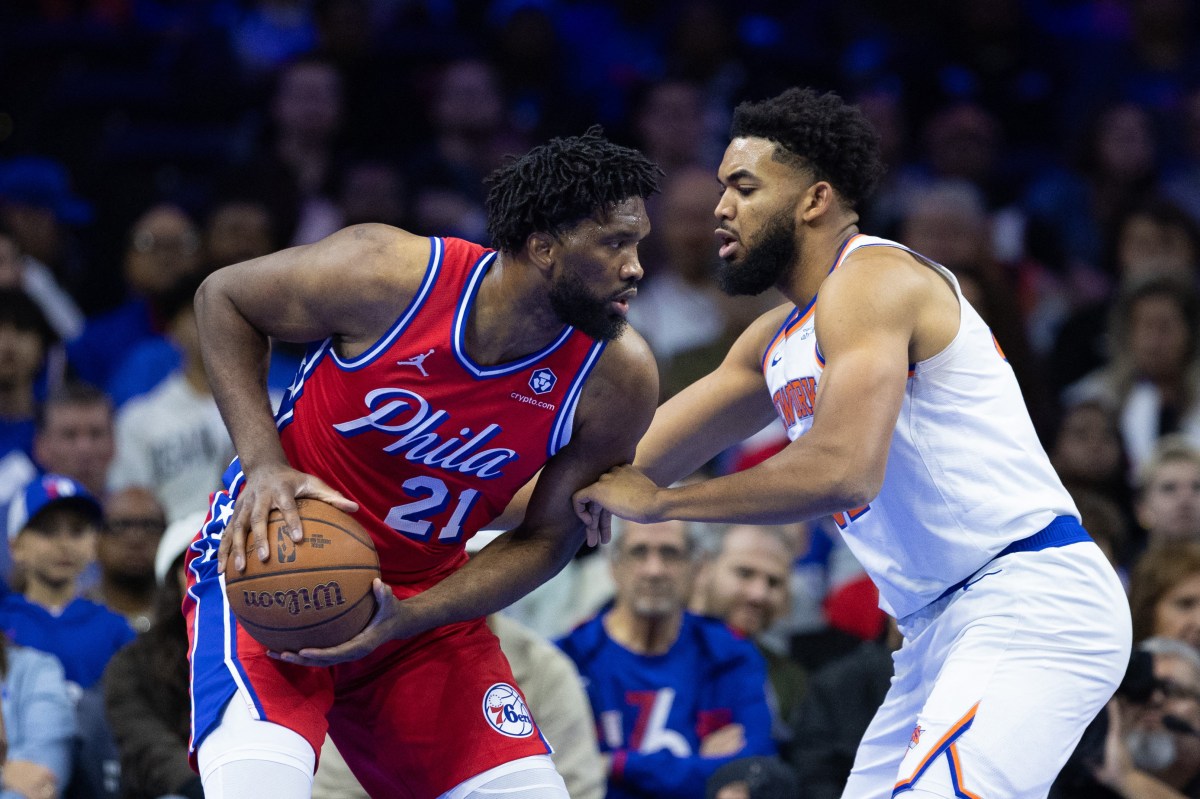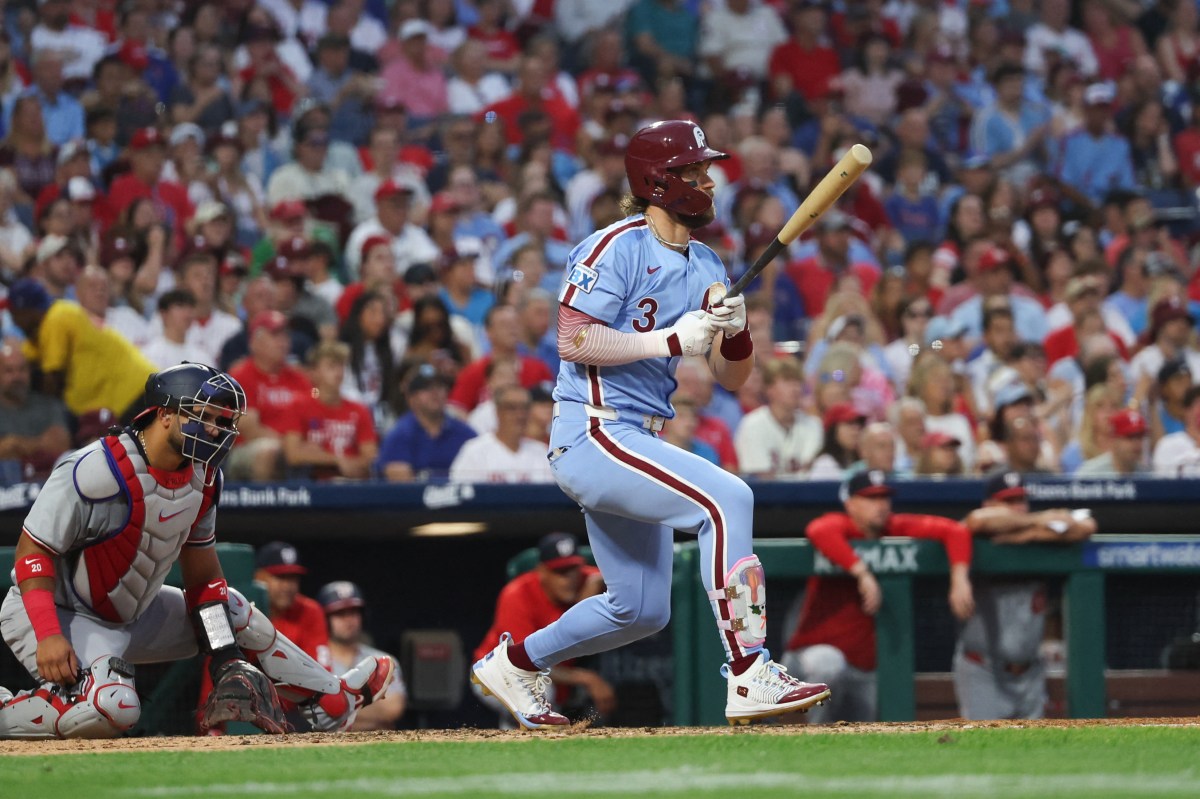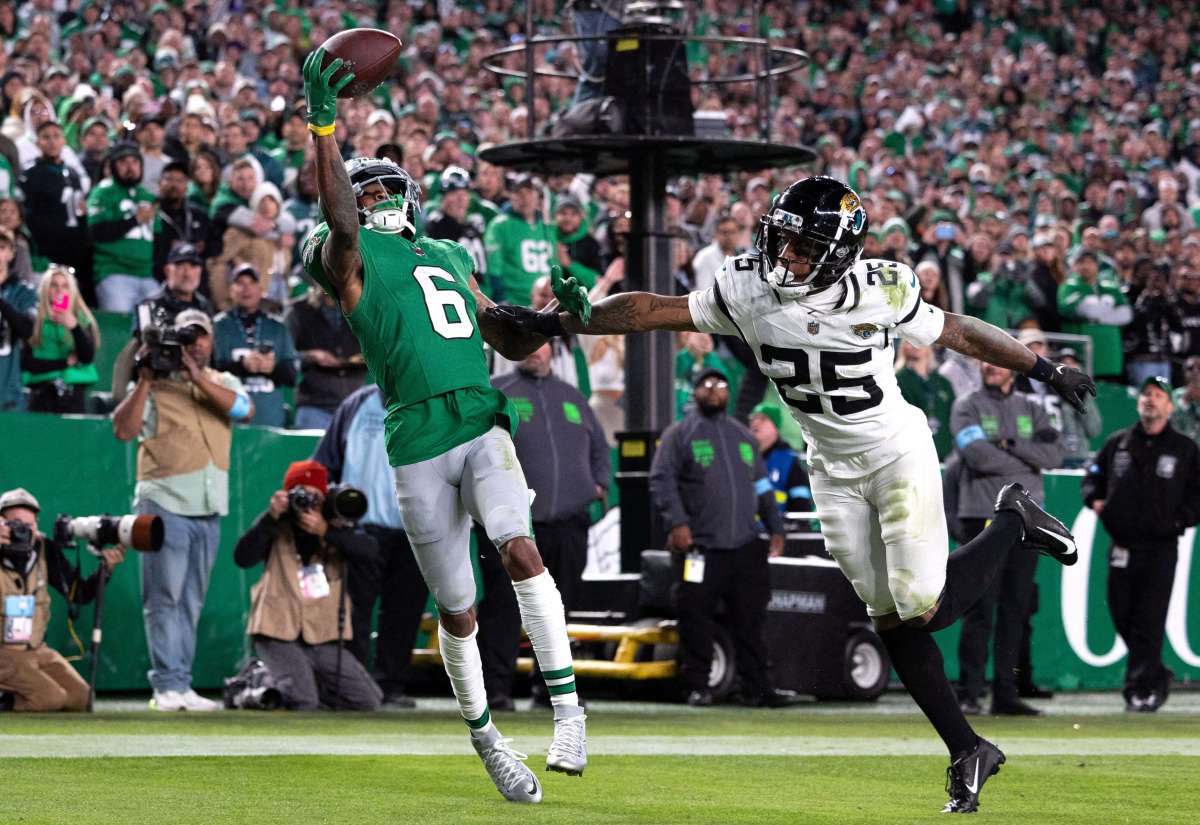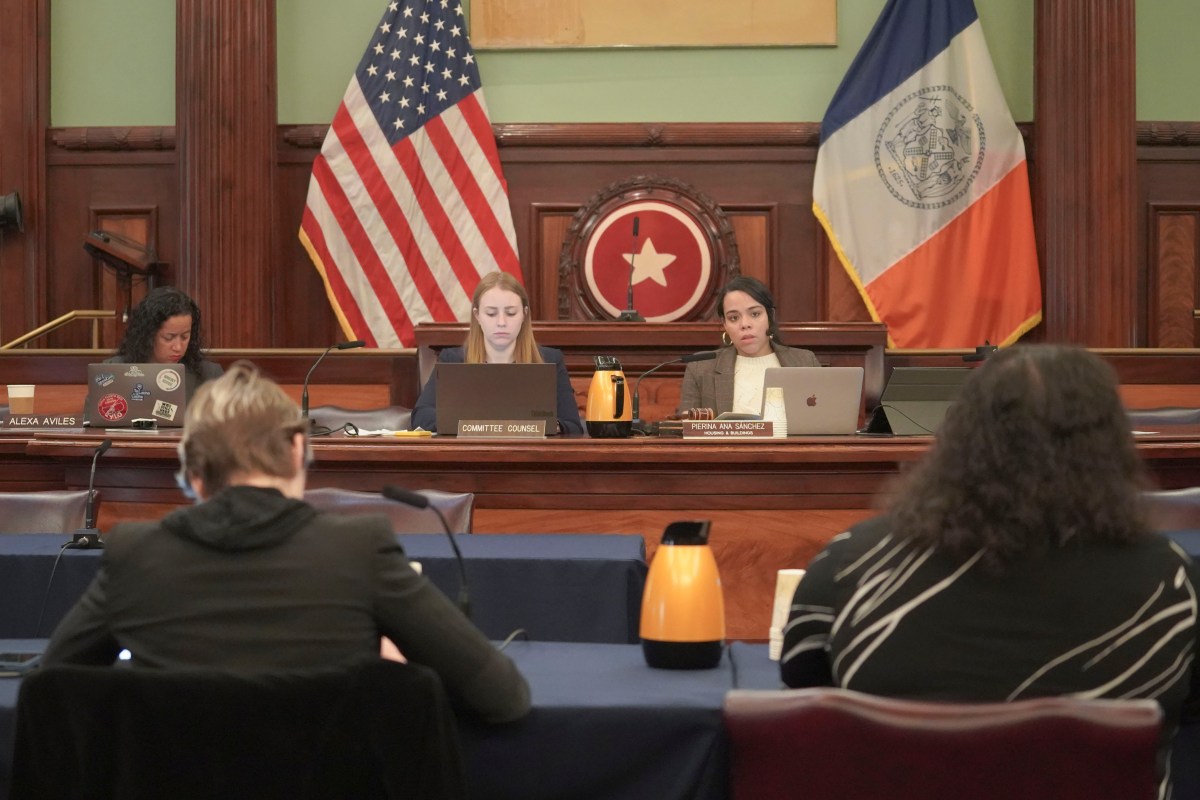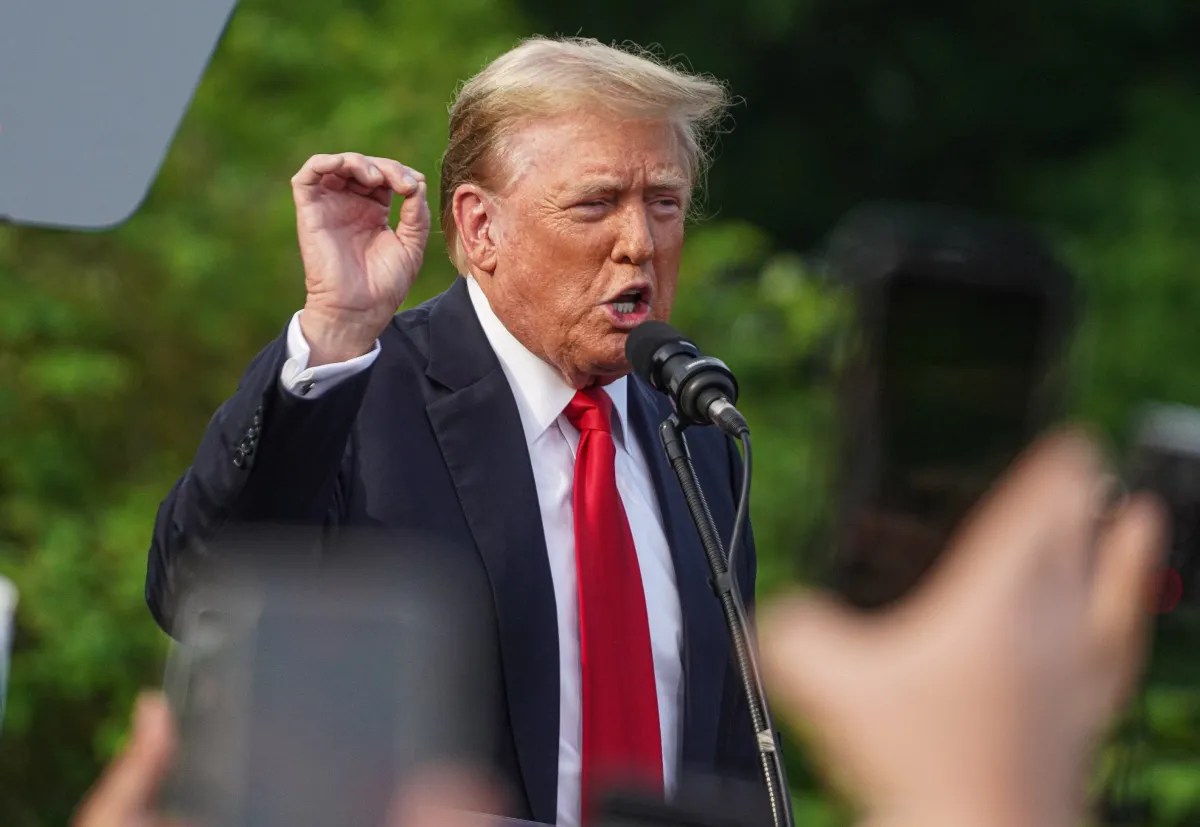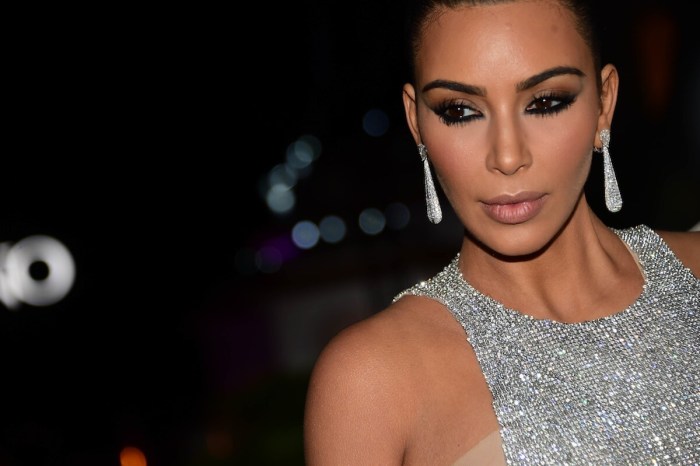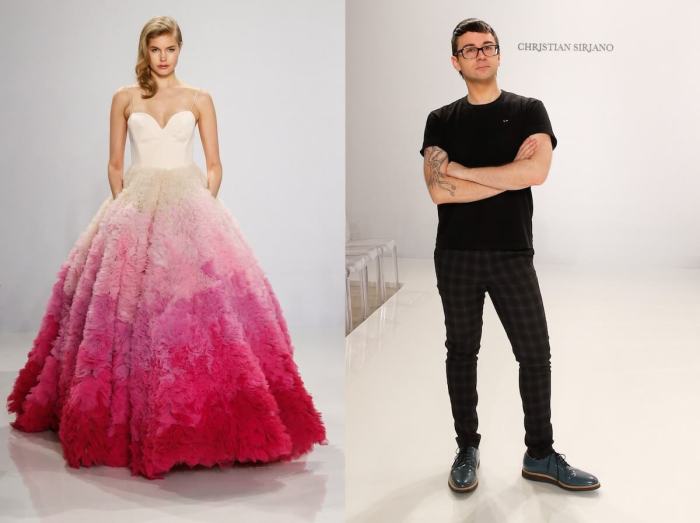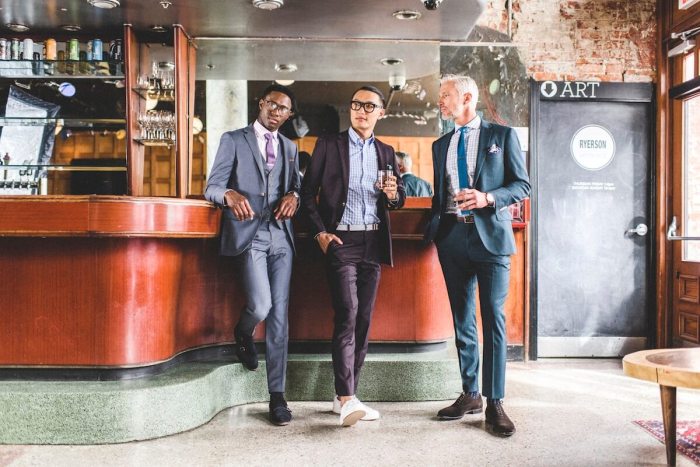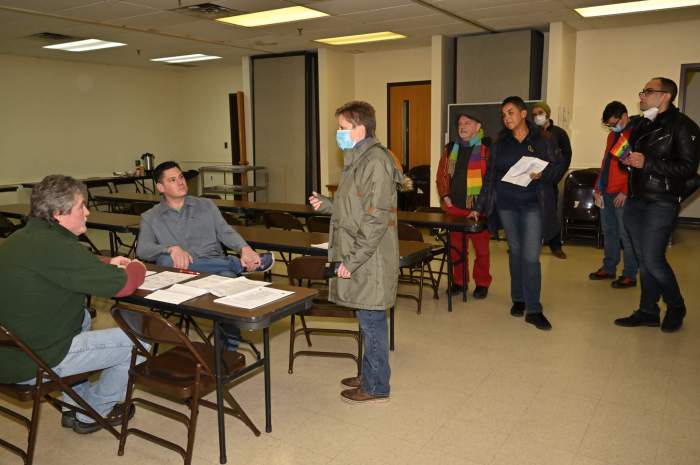As a child, seeing a photo of Prince for the first time was admittedly kind of scary. A man with a faint mustache and defiant stare, wearing a shrunken, studded military-style jacket, a bandana and … nothing much more. It was a tantalizing, curious combination — dangerously sexy. The photo — the cover to one of his early New Wave-meets-R&B masterpieces, 1980’s “Dirty Mind” — was not new, by any means. But it was so far ahead of its time that it could still shock a youth growing up in 1990s suburbia. Even compared with other boundary-pushing musicians like David Bowie, Jimi Hendrix, Sly Stone or, later, Kurt Cobain (who wore eyeliner and dresses on stage), Prince’s provocations, his look, existed on a different plane: He blended punk’s attitude with glam rock’s fabulosity and funk’s psychedelic sleaze. And despite his femme get-ups, breathy falsetto and lithe 5’2” frame, he was unabashedly masculine, flaunting his virility with his dark body hair and his resplendent coif.
Prince — arguably the greatest musician who has ever lived (he could play 20 instruments by the age of 12) — died Thursday at the age of 57, leaving behind a legacy of music and film that is unparalleled in the pop world: “Purple Rain,” “Little Red Corvette,” “1999,” “Kiss.” But he also left thousands of iconic, fabulous fashion images that changed the notion of what a pop star, what a man, what a person could look and dress like. That playing with gender was evident from the beginning. Take his self-titled second album from 1979. There’s Prince, naked, with a porno-chic mustache and soft Farrah Fawcett waves, riding a pegasus on the back of the album cover. When the Rolling Stones took a young Prince on tour in 1980, the 20-year-old wunderkind showed up on stage in bikini briefs, thigh-high stockings and high heels, prompting boos and homophobic taunts from the square, baby-boomer crowd. RELATED: 6 movies that used Prince brilliantly Yet the larger culture began to, if not catch up, at least chase after Prince.
He proved, for one, that you could wear whatever the hell you wanted, revel in your femininity and still get the girl — all the girls, in fact.
Prince oozed sex on screen, whether astride his hulking purple motorcycle in “Purple Rain” or simulating oral sex with a guitar during one of the film’s concert scenes.
His frank sexuality, his magnetic beauty gave others permission to dress as weird and funky as they wanted, from Madonna and Cindy Lauper to Outkast’s dandyish Andre 3000 and even teen heartthrob Justin Bieber, who wore a vaguely Prince-like dragon-embroidered Givenchy jacket to the Met Ball last year. Prince may have opted for more modest garments during his middle age, but he never skimped on fabulosity. And he remained resolutely political in his dress, showing up in recent years in an afro and speaking out for the Black Lives Matter movement in such famously anodyne events like the Grammys, for instance. He began donning sunglasses with a third-eye, furthering his image as an otherworldly being. Fashion brands like Givenchy and J.W. Anderson have redefined menswear with a Prince-like disregard for gender conformity, adding ruffled blouses, skirts and paisley-printed suits to their lineups. RELATED: 10 sexiest Prince lyrics Though despite his lasting influence, it’s hard to imagine anyone existing quite like him. He was a pioneer, inspiring generations of kids to experiment with gender, sexuality and self-expression. As famously bisexual rapper Frank Ocean said in a tribute to the Purple One: “He made me feel comfortable with how I identify sexually simply by his display of freedom from and irreverence for the archaic idea of gender conformity.” Prince made the world a more colorful, sexier, more diverse and exciting place to live in. And he did that not just through his glorious music, but through his style.
How Prince’s flamboyant fashions changed pop stardom forever
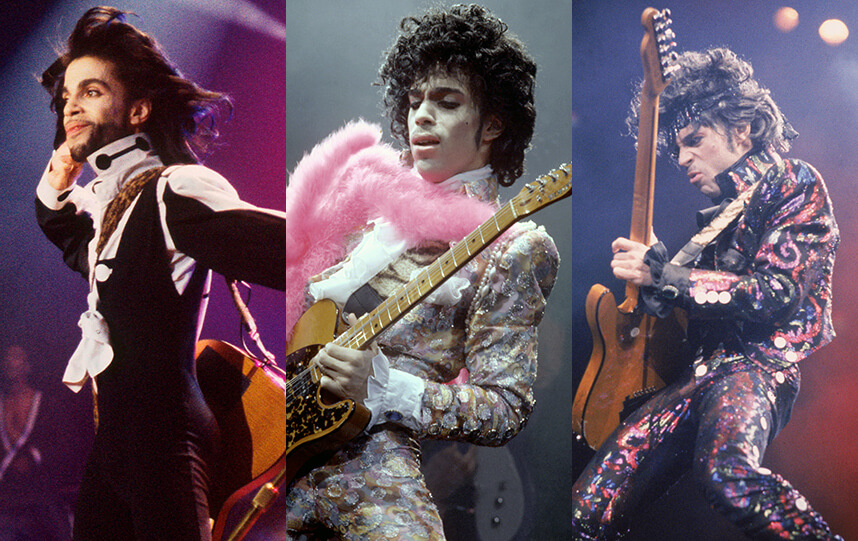
Getty





